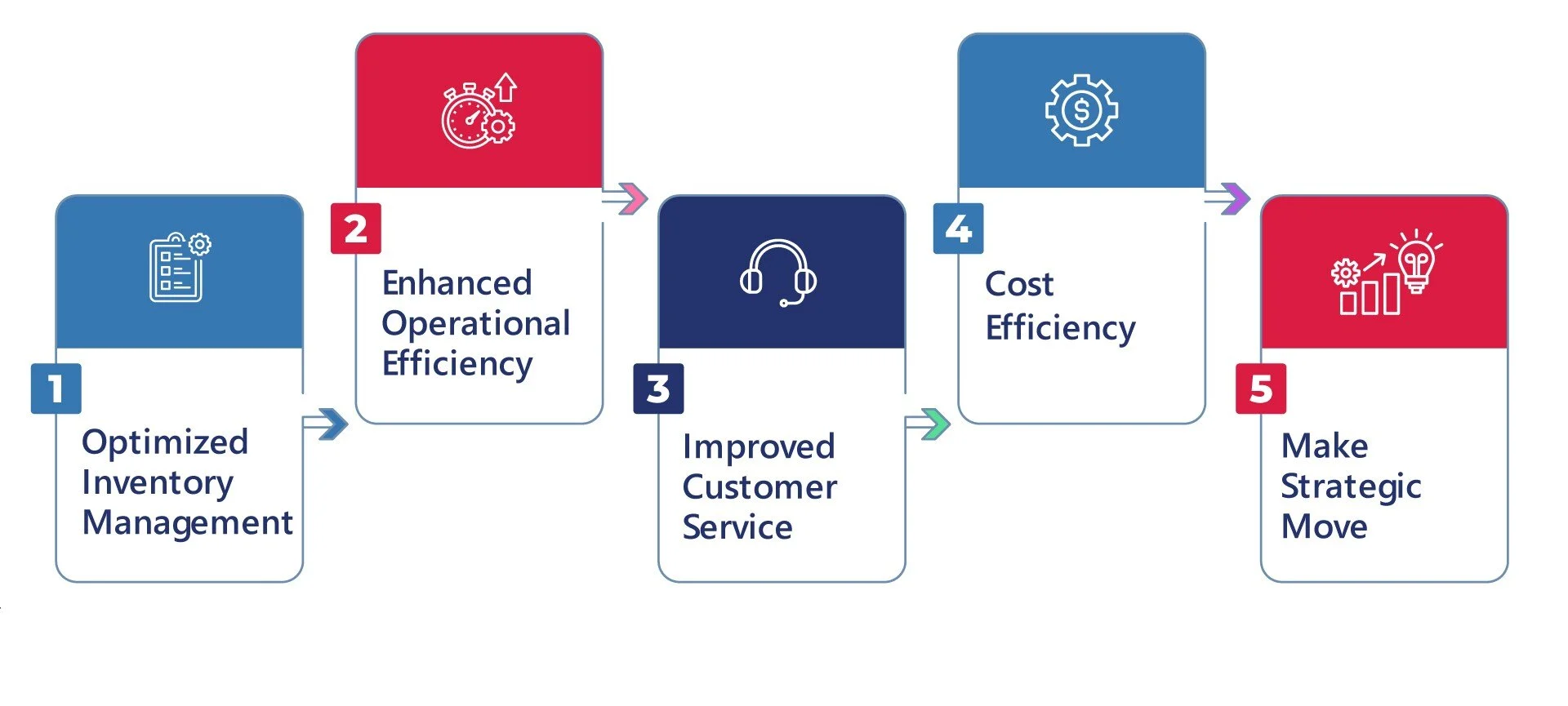 The auto industry is driving towards a customer-centric future, powered by a strategic collaboration between dealerships and warehouses. This partnership extends beyond inventory management; by utilizing data-sharing platforms and advanced technologies such as real-time order tracking and automated inventory systems, dealerships can predict customer needs and ensure immediate vehicle availability.
The auto industry is driving towards a customer-centric future, powered by a strategic collaboration between dealerships and warehouses. This partnership extends beyond inventory management; by utilizing data-sharing platforms and advanced technologies such as real-time order tracking and automated inventory systems, dealerships can predict customer needs and ensure immediate vehicle availability.This approach accelerates sales cycles, enhances customer satisfaction, and provides a competitive advantage. Additionally, it optimizes inventory management and logistics, allowing dealerships to concentrate on personalized customer service, thereby creating a seamless buying experience from showroom to driveway.
Importance of Collaboration Between Dealership and Warehouses

1. Optimized Inventory Management: This enables integrated operations for dealerships by delivering accurate and timely inventory information from warehouses. This allows dealerships to closely monitor inventory levels for various models, reducing holding costs, preventing stockouts, and avoiding overstock situations. Supply chain managers can strategically plan to ensure that both parties work harmoniously to meet customer needs without excessive inventory.
2. Enhanced Operational Efficiency: By integrating operations, relationships between facilities are simplified, leading to efficient movement and handling of automobile products between dealerships and warehouses. This includes improvements in order picking cycle time, reduced delivery lead times, and optimized transportation time. Clear communication and cooperation in executing these plans ensure harmonious operations, minimize misunderstandings, and enhance organizational performance.
3. Improved Customer Service: Partnerships enable dealerships to provide efficient customer care by ensuring product availability at the right time. Strong relationships between dealerships and warehouses allow for better time management in attending to customers, timely product delivery, and enhanced customer satisfaction. This improves customer trust in the business, ultimately enhancing overall operations.
4. Cost Efficiency: The cost-effective model strengthens organizational links, enhancing cost control within the supply chain. By coordinating activities such as procurement, inventory management, and transportation, overhead expenses for both dealerships and warehouses are reduced. This leads to lower costs for storage and transportation, making the venture more profitable for both partners.
5. Strategic Coordination: Cooperatives foster coordination, enhancing synchronization between dealerships and warehouses in terms of mission and vision. This improved relationship ensures both firms work harmoniously towards common goals of customer satisfaction, increased market orientation, and effective response to market signals. By sharing ideas, tools, and skills, dealers and warehouses can optimize market conditions and realize mutual benefits. These points highlight how the collaboration between dealerships and warehouses enhances organizational effectiveness and delivers significant benefits, including improved customer service and increased business
profitability.
Objectives of Establishing Collaboration Between Dealerships and Warehouses
To foster effective collaboration between dealerships and warehouses, several key objectives should be considered:
1.Shared Information Systems: Implement single, integrated solutions for managing inventories and orders to streamline processing and enhance efficiency.
2. Clear Communication Channels: Establish clear communication pathways for sharing forecasts, inventory updates, and customer information, ensuring seamless information flow.
3. Joint Planning and Forecasting: Coordinate sales forecasts and inventory management to prevent shortages and excessive stock, optimizing fund usage and storage space.
4. Mutual Performance Metrics: Identify joint performance objectives and develop common indicators to drive the performance of both dealerships and warehouses.
5. Cross-Training and Familiarization: Arrange cross-training activities to help dealership employees, such as sales teams and technicians, understand warehouse operations, and vice versa, promoting better interaction and cooperation.
What are the Advantages of Collaboration Between Dealerships and Warehouses
Collaboration between dealerships and warehouses offers numerous benefits:
Improved Inventory Management: They eliminate the need to hold stocks, reduce the costs of storage and free up the space for products.
Enhanced Customer Satisfaction: It improves the circulation time of delivery of products ordered and the genuine status of products in the store.
Cost Savings: Contributes to better management of costs for both logistics and transportation by planning and coordinating the process effectively.
Competitive Advantage: Coordinates the dealership in a way that makes the target market view it as receptive to market forces.
Long-Term Partnerships: It acts as a form of bonding to ensure that the dealerships and the warehouse will continue to deal with each other.
In conclusion, the collaboration between dealerships and warehouses is crucial for gaining a competitive edge in the automotive industry. This partnership drives high operational performance, meets customer needs, and establishes and maintains competitive advantages in the current economy.

